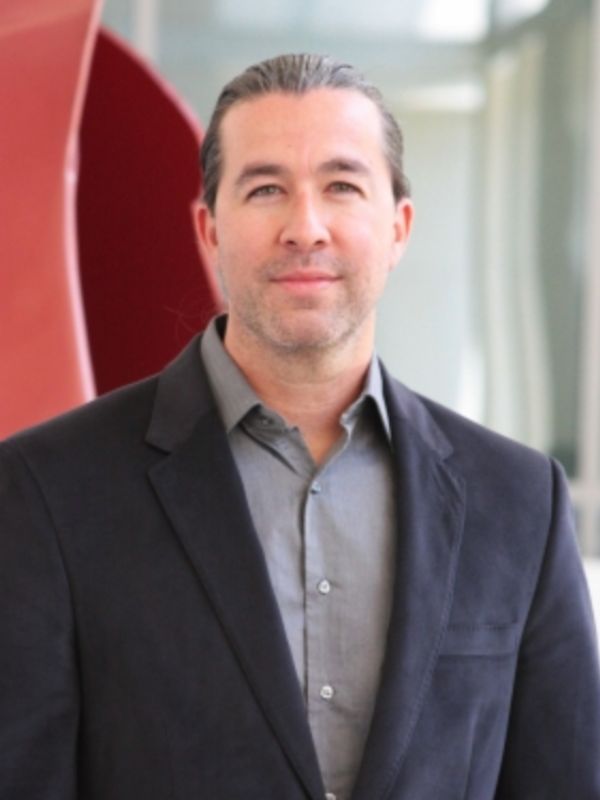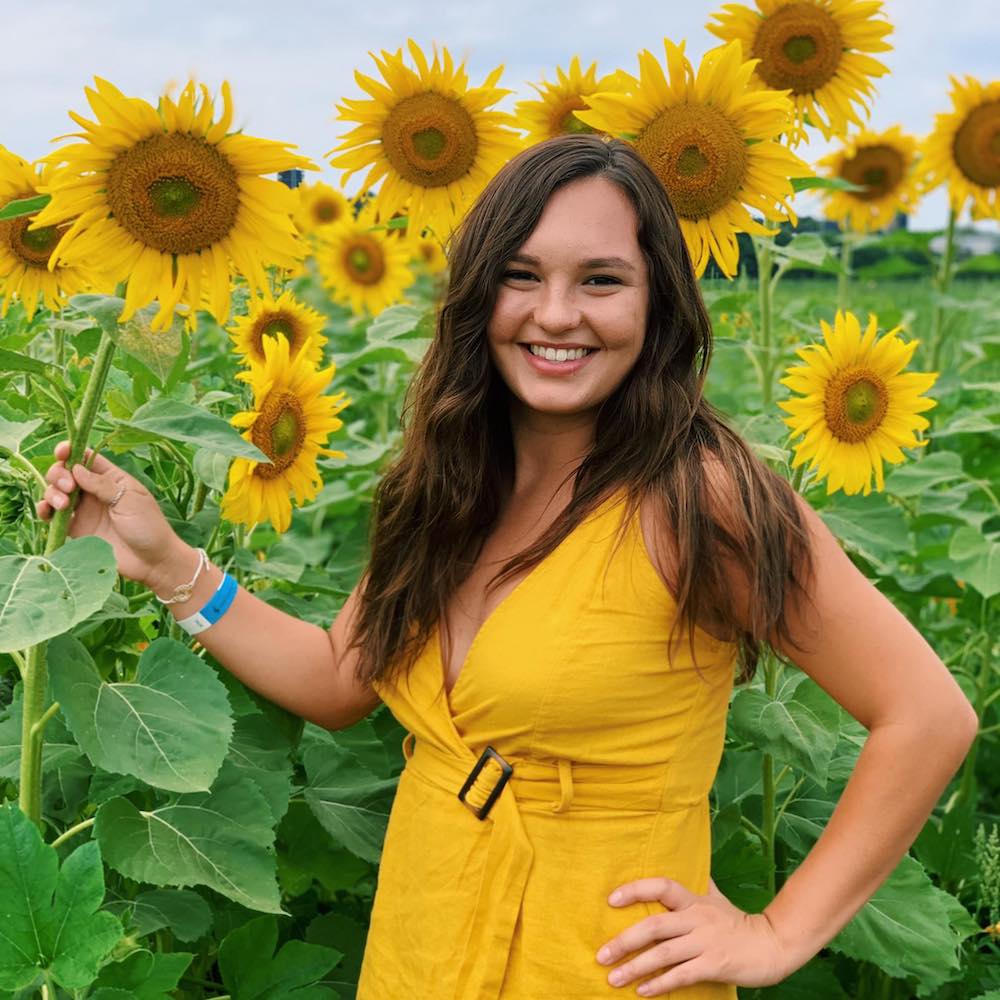In 2023 Dustin Tahmahkera (Comanche) was selected as one of sixteen playwrights for Generation Now, a national theatre partnership commissioning new works by BIPOC artists to grow the canon of theatre works for young audiences.

Tahmahkera's original play, “Comanche Girl on the Moon,” was commissioned by participating theatres, Native Voices in Los Angeles, Calif., and Children’s Theatre Company in Minneapolis, Minn., and is currently in development.
“Comanche Girl on the Moon” follows Petu, an imaginative but insecure Comanche girl, who discovers her late grandmother Kaku’s secret rocketship. Struggling with bullying and longing for her grandmother’s stories, Petu embarks on a journey to the moon.
Tahmahkera, a Comanche playwright, and professor of Native media and sound studies at the University of Oklahoma, brings a wealth of experience and passion to his work. Tahmahkera has received acclaim for his previous works, including the award-winning short play “9-1-1 Comanchería.” His notable publications include “Tribal Television: Viewing Native Peoples in Sitcoms” and Cinematic Comanches: The Lone Ranger in the Media Borderlands.”
Native News Online spoke with Tahmahkera about his play “Comanche Girl on the Moon,” inspired by his late aunties stories. He discussed the play’s themes of healing and honoring, the challenges of writing it, and his hopes for what audiences will take away. Additionally, Tahmahkera offers advice to emerging playwrights and hints at future Comanche-centric projects.
This interview has been edited for clarity and length.
Can you share a bit about your journey as a playwright and what led you to this point?
My late Comanche auntie Juanita Pahdopony says when the stories come together, that’s when the magic happens. Playwriting, for me, is a way to join stories, experiences, voices, actors, crews, and audiences into something magical and memorable. It’s a medium to express and reflect who we were, are, and may become, engaging and entertaining in constant performance where “all the world’s a stage.”
Can you tell us about the inspiration behind "Comanche Girl on the Moon"?
"Comanche Girl on the Moon" is inspired by my Auntie ’Nita and her stories, poetry, and paintings. She honored her relatives and audiences by sharing rich traditions and depictions of creative and resilient Comanche women, old and new Comanche history and language, and stories of talking animals. I attempt to honor and represent these in CGM through the title character, her grandma, and a host of eccentric creatures speaking in Comanche and English.
What themes or messages do you hope to convey through this play?
Healing and honoring. CGM shares the story of a young Comanche girl grieving her grandma’s recent passing and moving toward healing and purpose that honors a mysterious history of matriarchal teachings.
Can you share any challenges you've faced during the creation of this play and how you overcame them?
"Comanche Girl on the Moon" started as a response to Native Voices at The Autry’s call for a multigenerational play. As I continue writing, I face challenges of bringing it all together on paper. Writing the play is like a 10,000-piece puzzle where I question if I have all the right pieces and how they will harmonize to create a larger portrait on the canvas-stage. Writing can be very personal, and sharing certain stories can be a self-inflicted obstacle. Like the title character in CGM, one has to believe in the power of stories and respect oneself enough to not give up on the process.
What message do you want young audiences to take away from Petu's story?
I want them to remember they carry medicine—personal strengths or talents. Storytelling is a shared medicine among humans. We are obligated to tell our story, representing who and where we come from, sharing our stories of healing and honoring, which carry beauty, lessons learned, and humble wisdom. When the stories come together, that’s when the magic happens.
What do you hope audiences will take away from "Comanche Girl on the Moon"?
A feeling of belonging in a world that may not always understand you, and a sense of knowing you are not alone in your feelings. Curiosity to question the impossible, openness to indigenous ways of knowing, and a healthy interest in space exploration that seeks to connect and form respectful relationships. Let’s learn from the colonization of the world and not replicate it by trying to colonize the moon and elsewhere.
What advice would you give to emerging Indigenous playwrights who are looking to tell their own stories?
Learn to listen with an open heart and mind. Let the stories become what they may. Represent who you are and where you come from. Keep writing, but don’t beat yourself up. Don’t let doubts slow you down. Share the stories in a good way. And don’t forget to laugh along the way. It’s good medicine.
Are there any upcoming projects or ideas you’re excited to work on in the future?
More Comanche-centric theatre, including a collection of short comical plays called "Comanche versus the United States of America," where the Comanche is the star, not a sidekick or background extra.
More Stories Like This
Vision Maker Media Honors MacDonald Siblings With 2025 Frank Blythe AwardFirst Tribally Owned Gallery in Tulsa Debuts ‘Mvskokvlke: Road of Strength’
Zuni Youth Enrichment Project and Partners at Ho’n A:wan Productions Launch 8th Annual Delapna:we Project
Chickasaw Holiday Art Market Returns to Sulphur on Dec. 6
Center for Native Futures Hosts Third Mound Summit on Contemporary Native Arts
Help us defend tribal sovereignty.
At Native News Online, our mission is rooted in telling the stories that strengthen sovereignty and uplift Indigenous voices — not just at year’s end, but every single day.
Because of your generosity last year, we were able to keep our reporters on the ground in tribal communities, at national gatherings and in the halls of Congress — covering the issues that matter most to Indian Country: sovereignty, culture, education, health and economic opportunity.
That support sustained us through a tough year in 2025. Now, as we look to the year ahead, we need your help right now to ensure warrior journalism remains strong — reporting that defends tribal sovereignty, amplifies Native truth, and holds power accountable.
 The stakes couldn't be higher. Your support keeps Native voices heard, Native stories told and Native sovereignty defended.
The stakes couldn't be higher. Your support keeps Native voices heard, Native stories told and Native sovereignty defended.
Stand with Warrior Journalism today.
Levi Rickert (Potawatomi), Editor & Publisher


